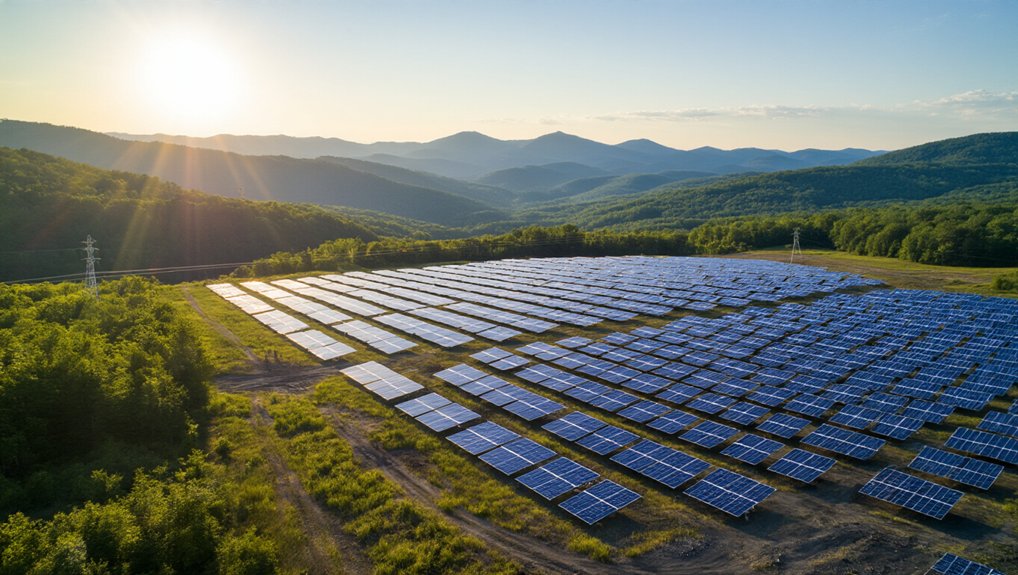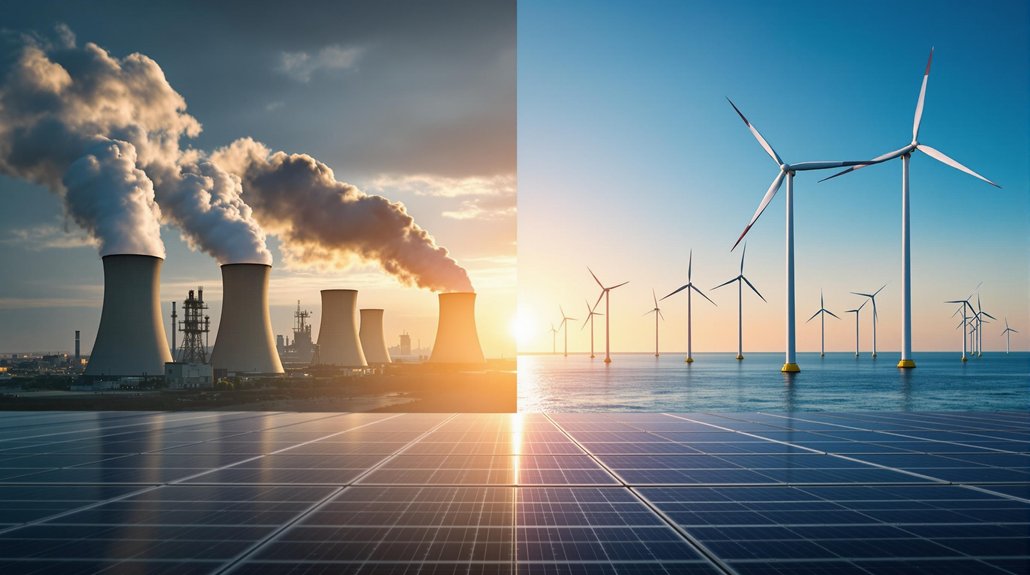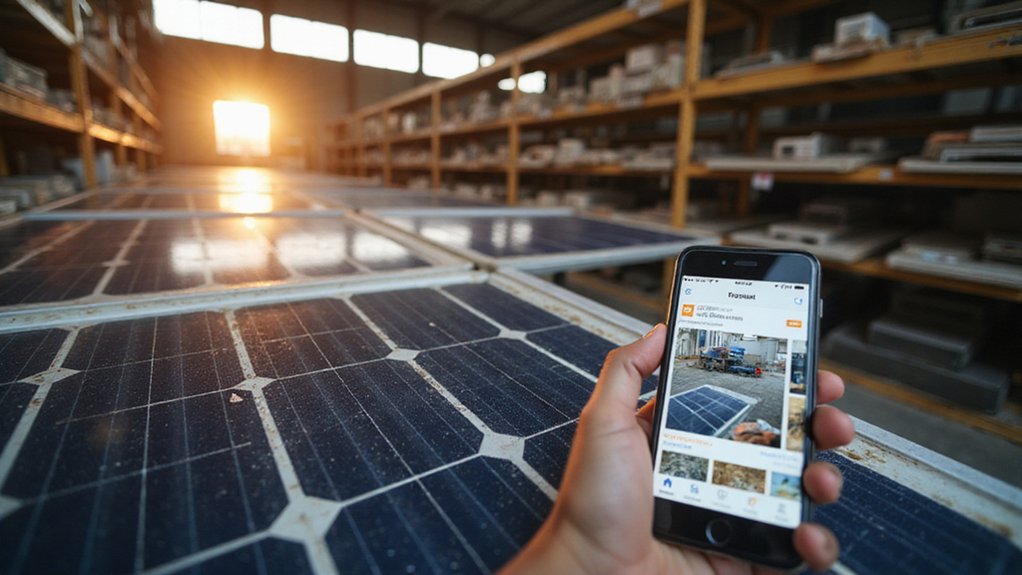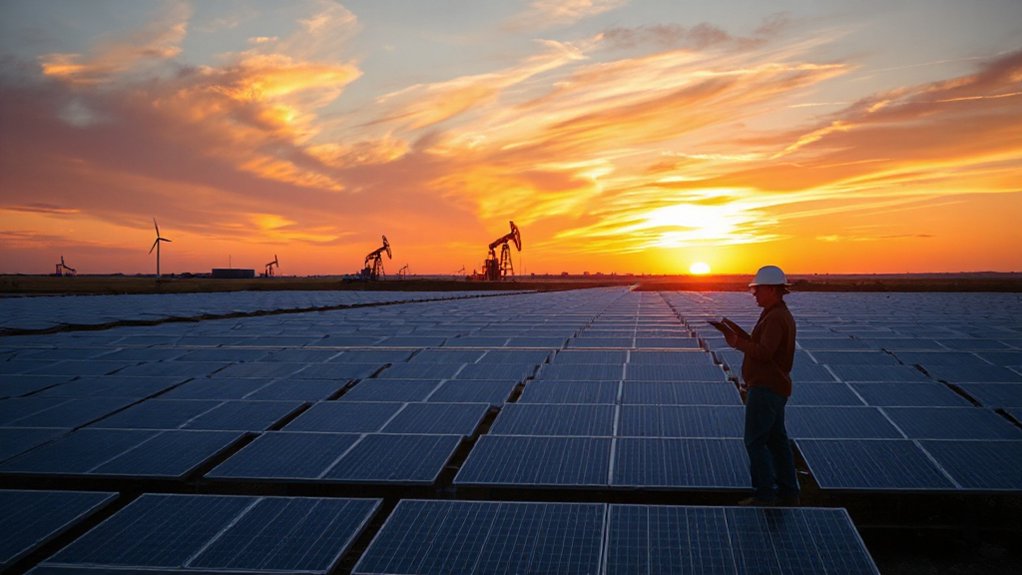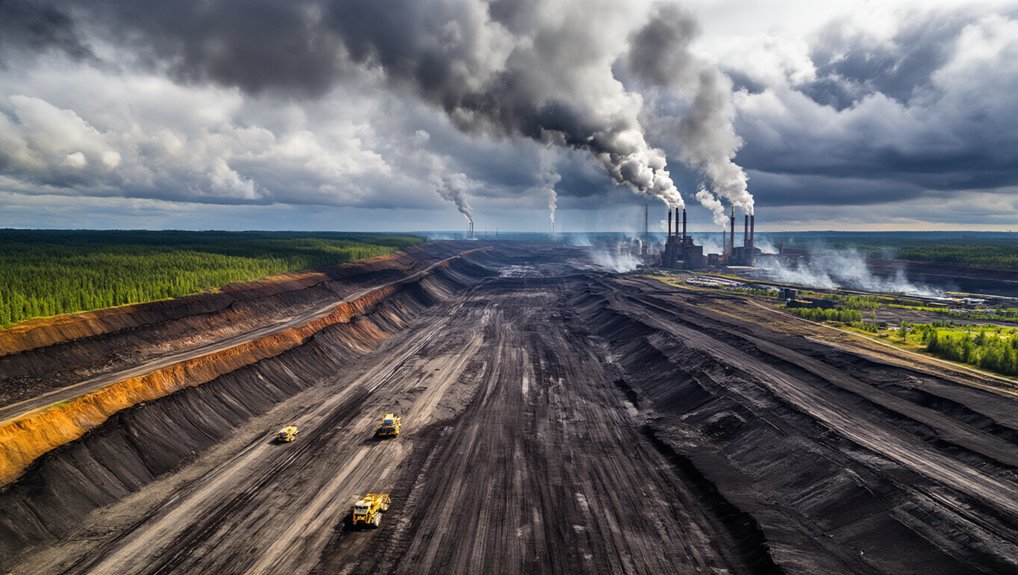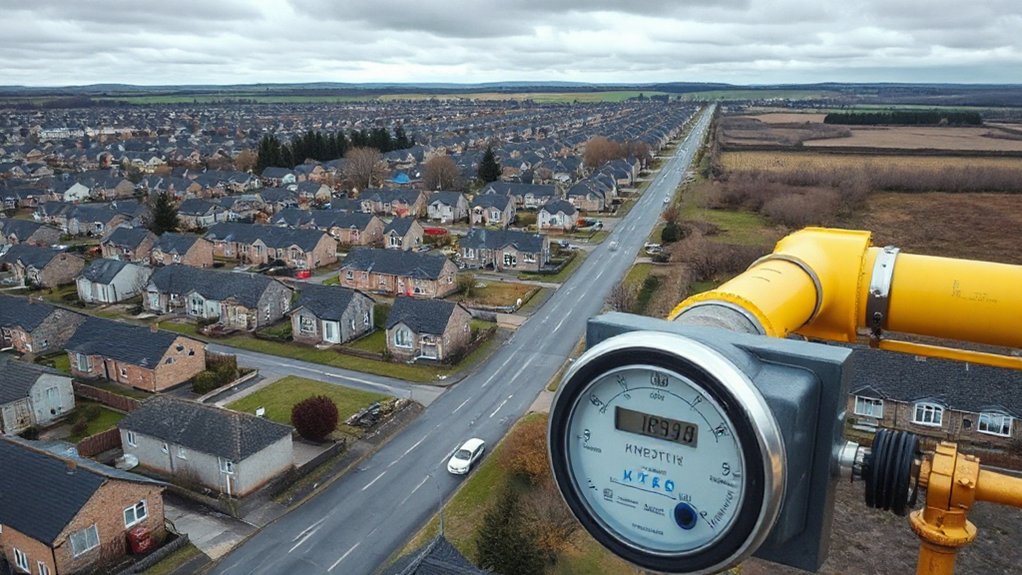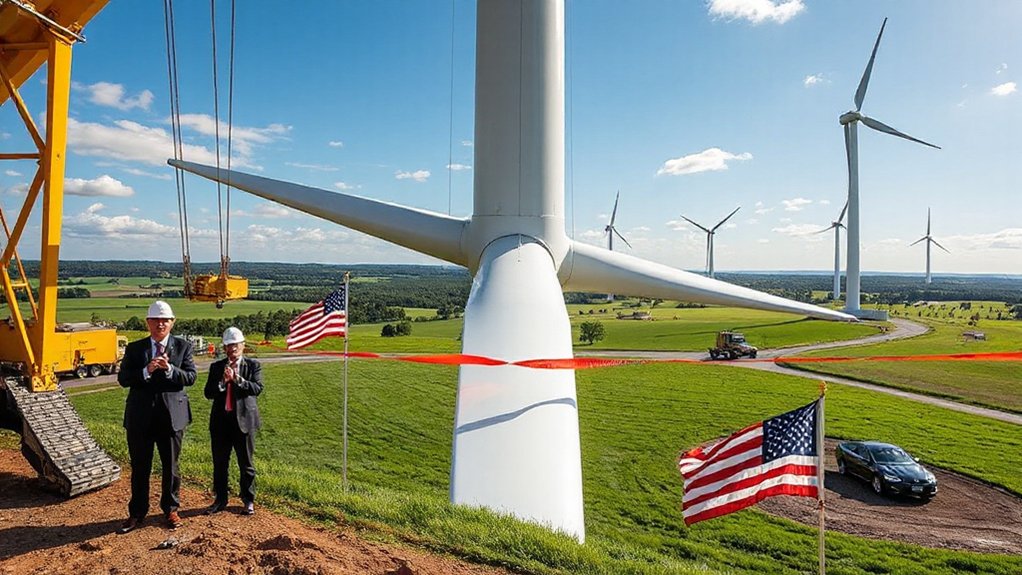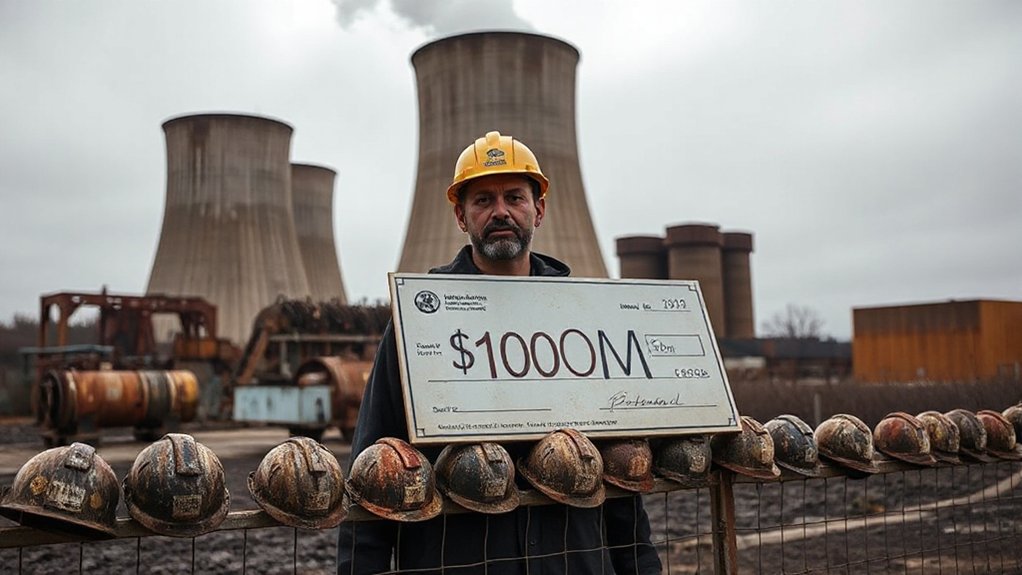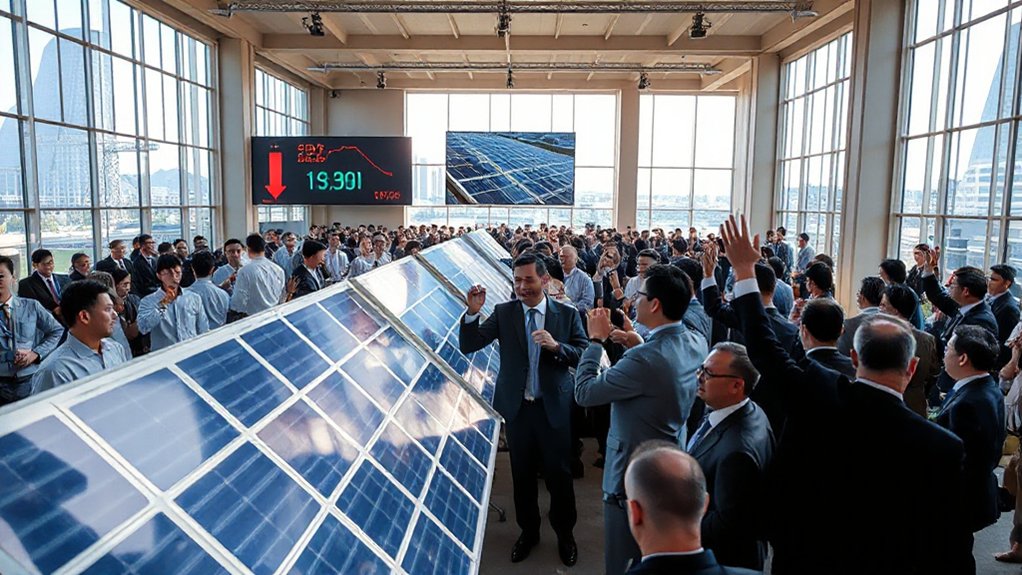The solar story in West Virginia is pretty grim. The state ranks 49th nationally for installed solar capacity with just 205 MW powering about 21,076 homes. That’s a spectacular nosedive from 38th place in 2024. Solar accounts for a pathetic 0.52% of the state’s electricity generation. Welcome to coal country, folks.
But buried in this bleak terrain is one hell of a transformation story. A former ash landfill has been converted into a massive solar farm featuring 17,000 panels. Yeah, you read that right. Where toxic coal ash once sat, clean energy now grows. It’s poetic justice, really. The site required a massive cleanup in 2022 that removed over 3 million tons of ash for reuse in cement manufacturing.
The project represents a significant chunk of West Virginia’s limited solar infrastructure. Consider this: the entire state only has 395 solar-related jobs and 16 solar companies. Toyota’s 2.5 MW project in Buffalo is considered one of the largest corporate installations. That’s how far behind West Virginia is. The bar is underground.
The entire state has just 395 solar jobs. The bar is underground.
This landfill-to-solar conversion matters because West Virginia desperately needs energy diversification. The state’s coal dependency isn’t just an economic problem anymore. It’s an existential one. Every megawatt of solar chips away at that dependency, even if progress feels glacial. The average West Virginia homeowner needs a 14.48 kW system to cover their energy needs, showing just how energy-intensive life in the Mountain State really is. With the grid parity for solar expected in the US by 2026, West Virginia could soon see economic benefits from these installations.
The numbers tell the real story. An average 8 kW residential system produces about 10,400 kWh annually and cuts CO₂ emissions by 21.17 tons per year. Scale that up to 17,000 panels on a former ash dump, and you’re talking serious environmental impact. Each panel on that former wasteland is a middle finger to the old energy economy.
West Virginia projects adding 1,064 MW of solar over the next five years, ranking 40th nationally for growth. Not great, but it’s something. The state has invested $331 million in solar infrastructure, showing a 42% growth over the past decade.
The transformation of an ash landfill into a solar farm isn’t just about renewable energy. It’s about West Virginia slowly, painfully, acknowledging that the future doesn’t run on coal. Those 17,000 panels sitting on former ash deposits prove that even the most stubborn states can change. Eventually.
